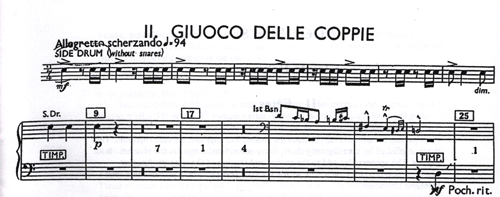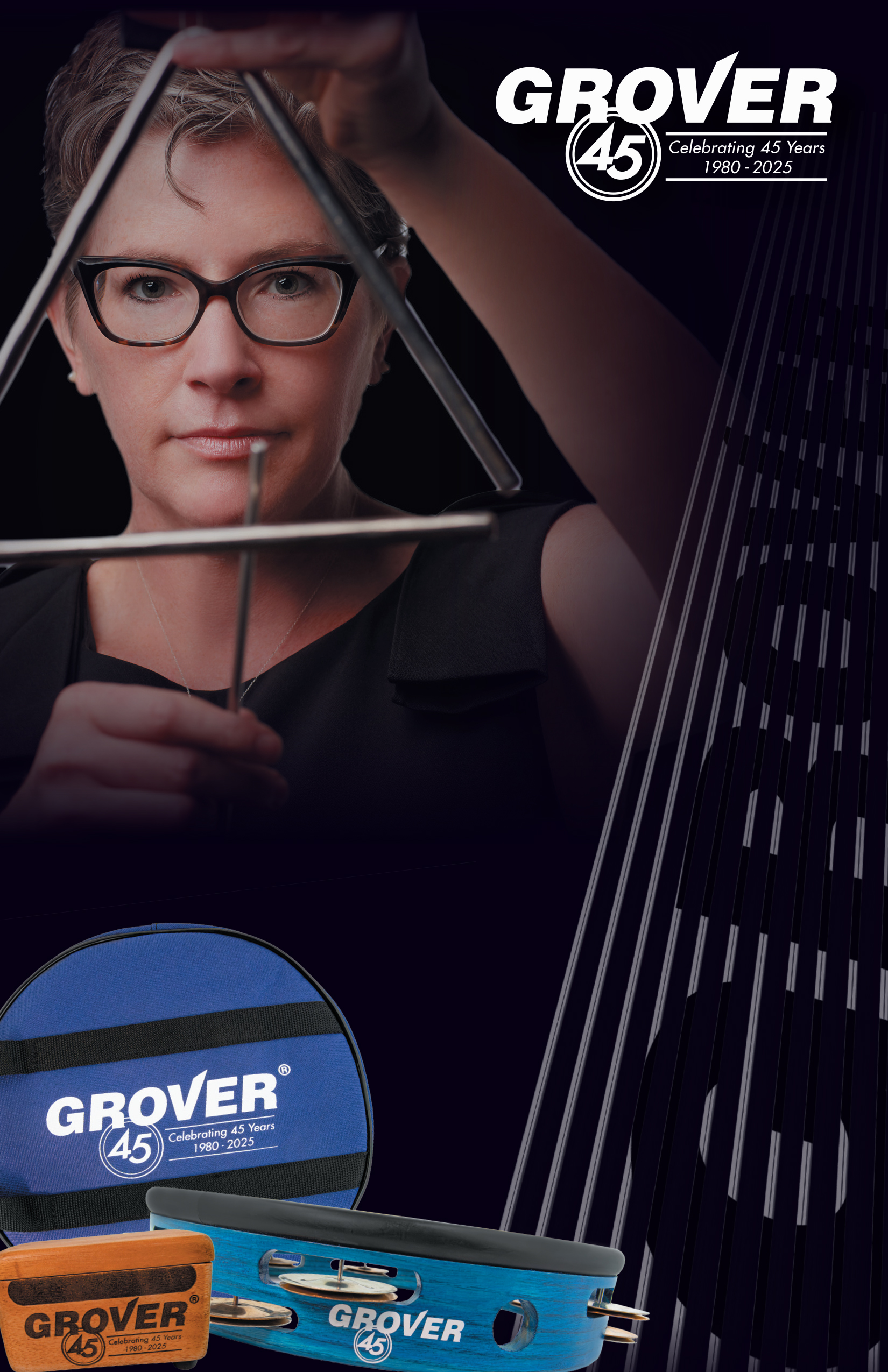The Bartok “Concerto for Orchestra” was commission by Serge Koussevitzky and premiered by the Boston Symphony in 1943. While studying the timpani part with Vic Firth, I remember him telling me how Bartok was at the rehearsals for the premier, sitting and commenting from the first balcony! I’ve often looked up from the stage at the very spot where Bartok sat and wondered what he was trying to achieve with the snare drum solo that opens the second movement.
Leave it to my good friend, colleague and percussion scholar, Mike Quinn, to shed some light on the subject:
“I thought you might be interested in the following story that comes from a former teacher of mine, Simon Sternberg, who played this performance and the world premiere just a few weeks before: Bartók attended rehearsals and when he heard the drum played as written he said “Snare drum, I want jazz!” (Surrealism in keeping with the movement’s beginnings as a dream, no doubt.) Sternberg retained however that Bartok’s idea of jazz was ragtime (Surely it’s only coincidence that the 4th and 5th measures of the drum solo are the same rhythm as the second subject of Joplin’s “The Entertainer”), and about the only thing “jazzy” to do with such stiff rhythms was to “swing” them (broken triplets rather than duplets) which he proceeded to do with Bartók’s approval, and explains the lilt in the above 4th and 5th measures, and the closing up of the 16th’s in the first three measures. (Of course in the chorale there’s no fooling around.)”


I am, of course, playing the opening snare drum excerpt in an upcoming audition and this is very interesting to read. I went ahead and printed this article and put it right next to the excerpt in my binder just so I remember. I don’t know that I can safely make my playing too jazzy in the audition and claim, “Well, Bartok said…” but it will definitely have an impact on the way I think about the notes. Thanks for the insight!